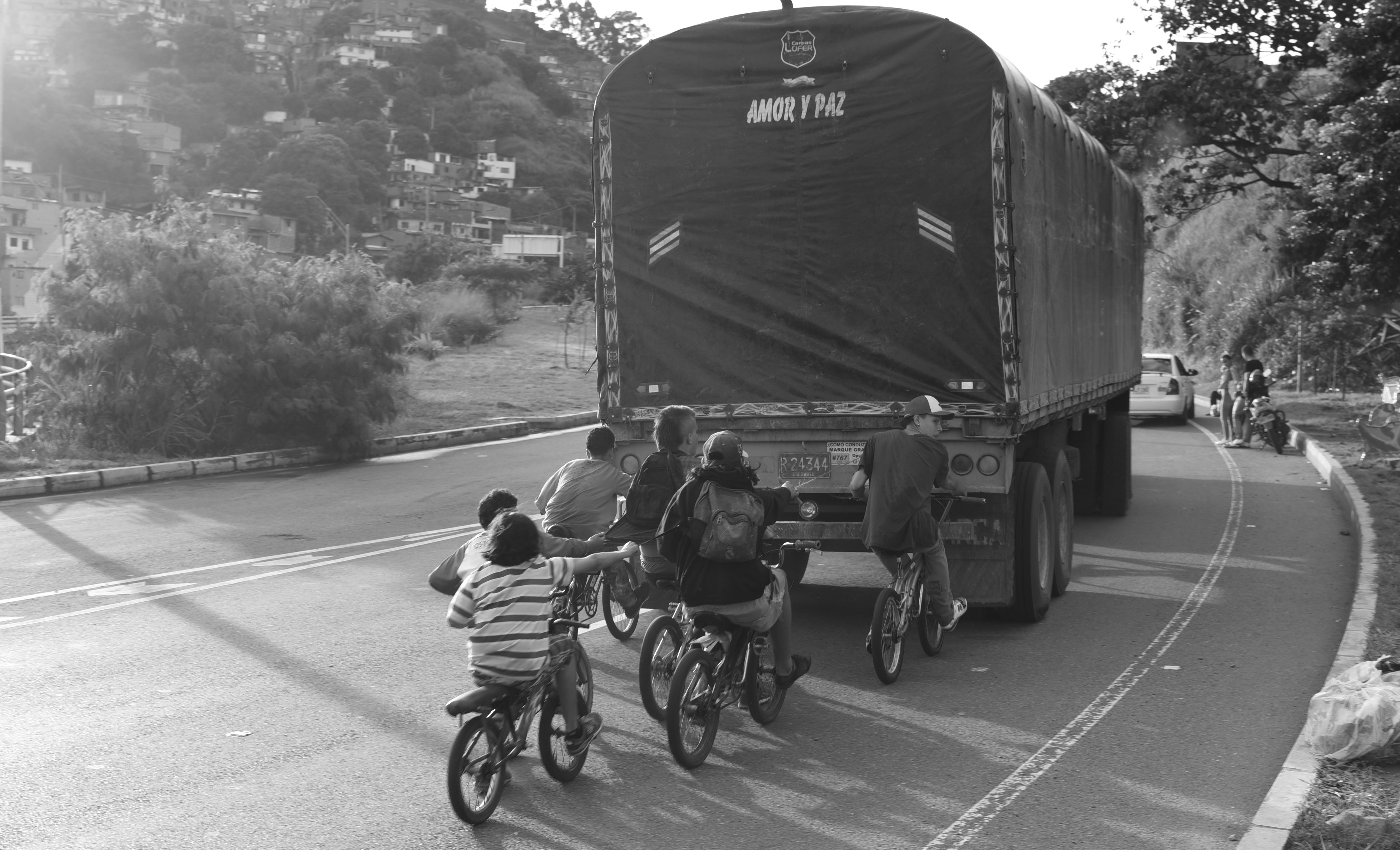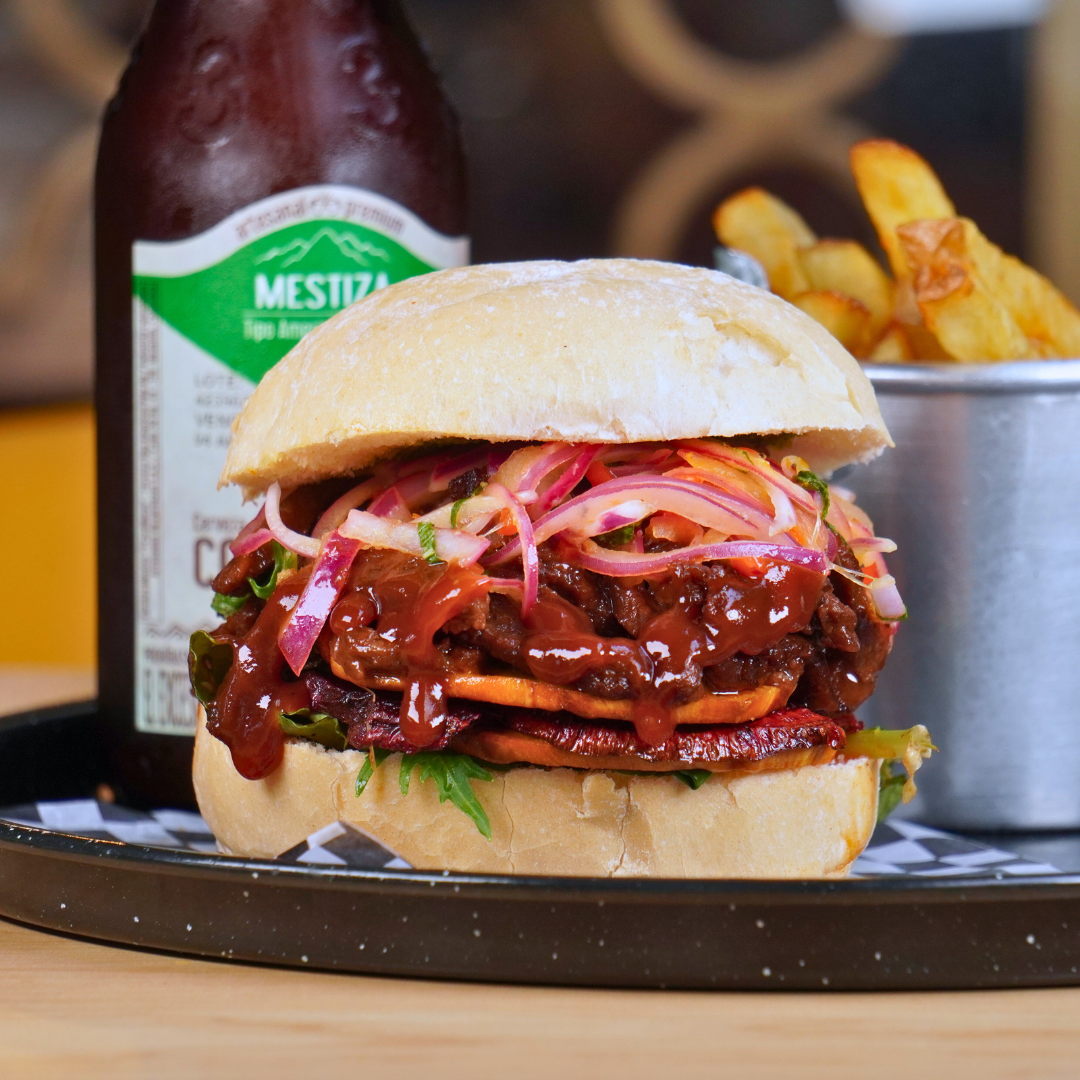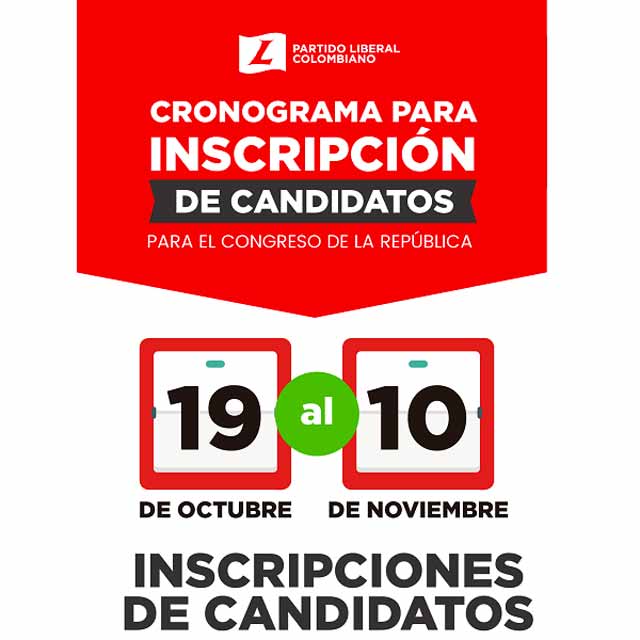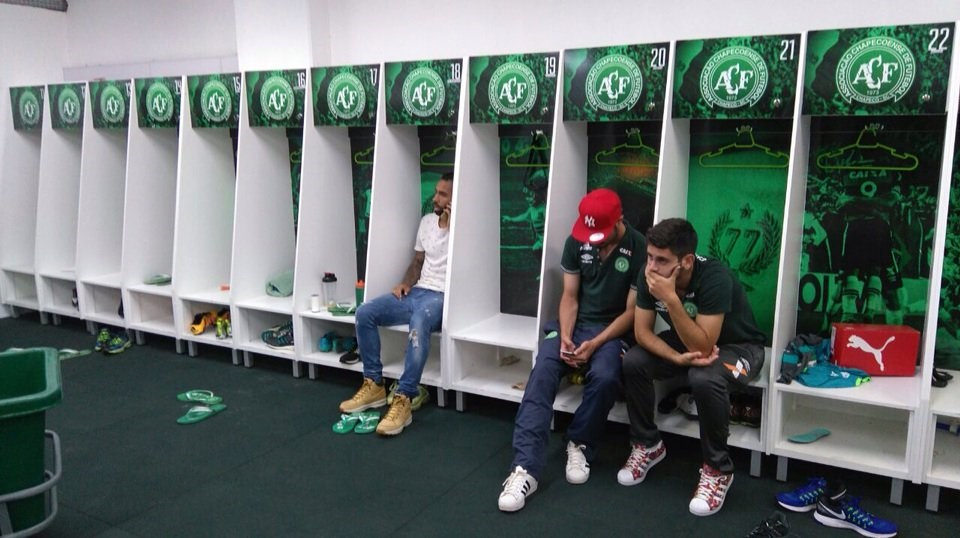
Image courtesy of Arquitectura: Pacheco Estudio de Arquitectura + Estudio. Entresitio Image: Poliedro Estudio.
The unopened Museo de Memoria Histórica will debut its first exhibition, ‘Voces para transformar a Colombia‘, at the FILBo (Feria Internacional del Libro Bogotá), which will be on display from now until the 2nd May. María Emma Wills Obregón spoke to The Bogotá Post about memory work in relation to Colombia’s armed conflict, plans for the new Museum of National Memory, and the role it will play in achieving peace in Colombia.
María Emma Wills Obregón is Advisor to the General Director of the CNMH (Centro Nacional de Memoria Histórica), the platform that conducts memory work in order to contribute towards the retribution of human rights for victims of Colombia’s armed conflict. She is also the only woman involved in the CHCV (Historical Commission on the Conflict and Its Victims), leading the team responsible for gender reports such as Mujeres y guerra, Mujeres que hacen historia and Género y memoria histórica: crucial to both the original and revised 2016 Peace Agreements. She is the current Director of Pedagogy and advisor to the Management of the new Museo de Memoria Histórica de Colombia, which will open its doors to the general public in Teusaquillo, Bogotá, in 2020. Yesterday, President Santos paid a visit to open its new pavilion.
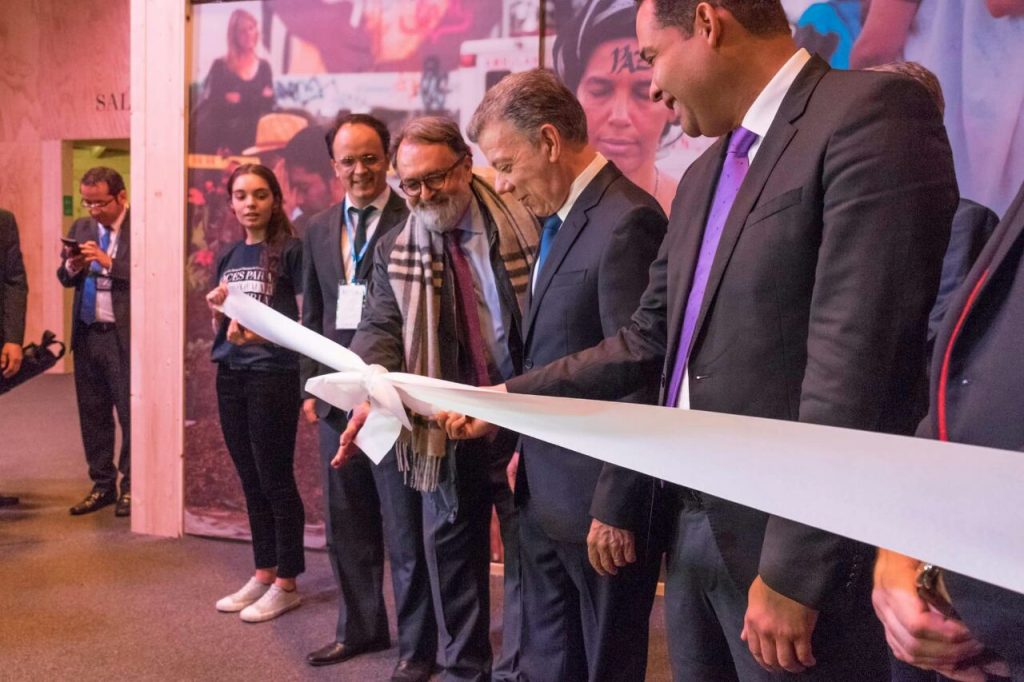
Photo courtesy of Museo de Memoria Histórica.
In 2011, a law was passed, tasking the CNMH with “designing, creating and administrating a Memory Museum, aimed to strengthen the collective memory of events that have taken place in the recent history of the violence in Colombia”. However, this law will not make it obligatory for people to visit the museum. With regards to collective memory, how important is the balance between forcing people to remember and education?
“Museums across the world are rethinking the way they work as communication platforms, from a more dynamic standpoint, focusing on a better relationship between the museum and the public. Beforehand, museums considered themselves to be more of a text that had to instil information into a passive audience. It was not taken into account where visitors came from, nor what their paths in life and identities were. As a text, museums set out to teach people in a vertical way”.
“Today, museums consider themselves much more horizontally, and their texts speak to audiences who bring their own life stories to the museum with them. Therefore, the communicative relationship between the museum and the public becomes much more complicated. You have to open up space and opportunity for audiences to be able to question the text that is in the museum – making museums more interactive and interpersonal places”.
“Obviously, the public are under no obligation to visit. However, the very objective of these new types of exhibitions is to invite different audiences: especially schools, children and young people. The objective is for it to become an experience of questioning and interjecting, which allows them to feel part of the much more dynamic construction of memory”.
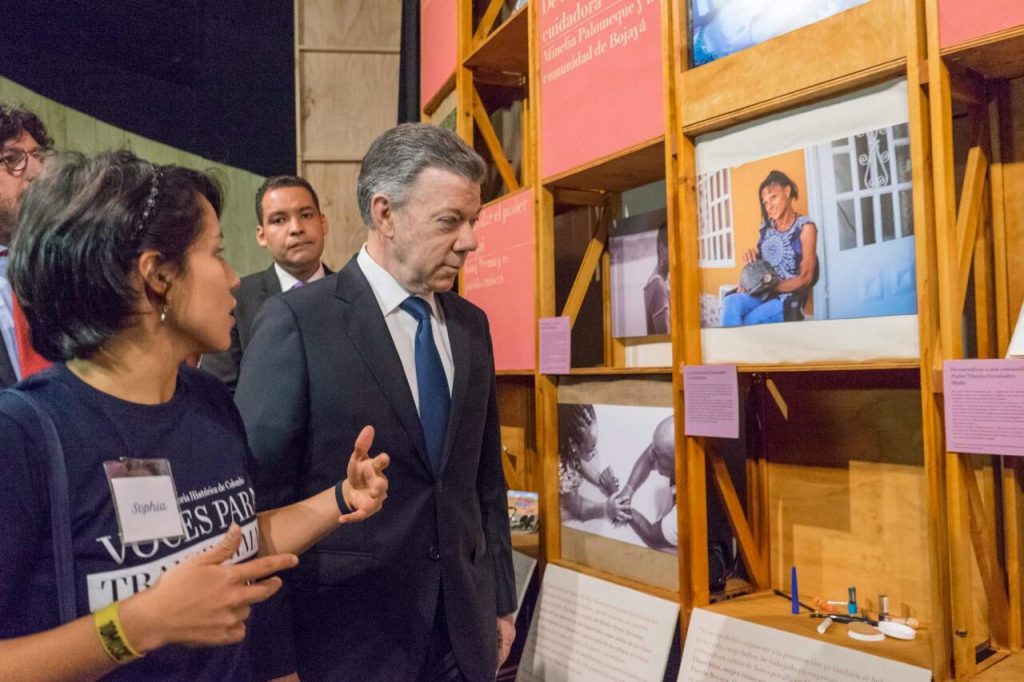
Photo courtesy of Museo de Memoria Histórica.
Working towards the construction of a national memory is a process that involves many different voices. To what extent do you think it is important to utilise human memory whilst those who suffered the most from Colombia’s armed conflict are still alive?
“Understandably, it is very important for the CNMH and for those who do memory work on recent conflicts, to try to incorporate the greatest number of memories, voices and testimonies possible from those who have experienced the trauma of the events themselves. Why is testimony so important? Because testimony, on the one hand, immediately connects those who have survived very traumatic events with those who have not, in a very human way. And it does this as much on an emotional level as it does on an intellectual level”.
“Testimonies have two different registers. The first allows you to understand how a person experienced certain traumatic events, and in this sense, it provides a window into the human soul. In other words, it’s a relationship that doesn’t seek objectivity. Instead, it allows you to connect with the feelings of the person that has survived these events, through an imaginary journey”.
“The second register has to do with the knowledge of the survivors. A more descriptive story of events is part of what contributes, little by little, and through many different testimonies, to the untangling of the mystery of what exactly happened. And this is why testimony is so powerful”.
“Testimonies have the capacity to move you, to make you feel as if you are on an imaginary journey and put you in the shoes of another person. They are like a window of possibility that enable you to understand the mentality and feelings that existed in one certain moment. They allow victims to come to terms with what has happened”.
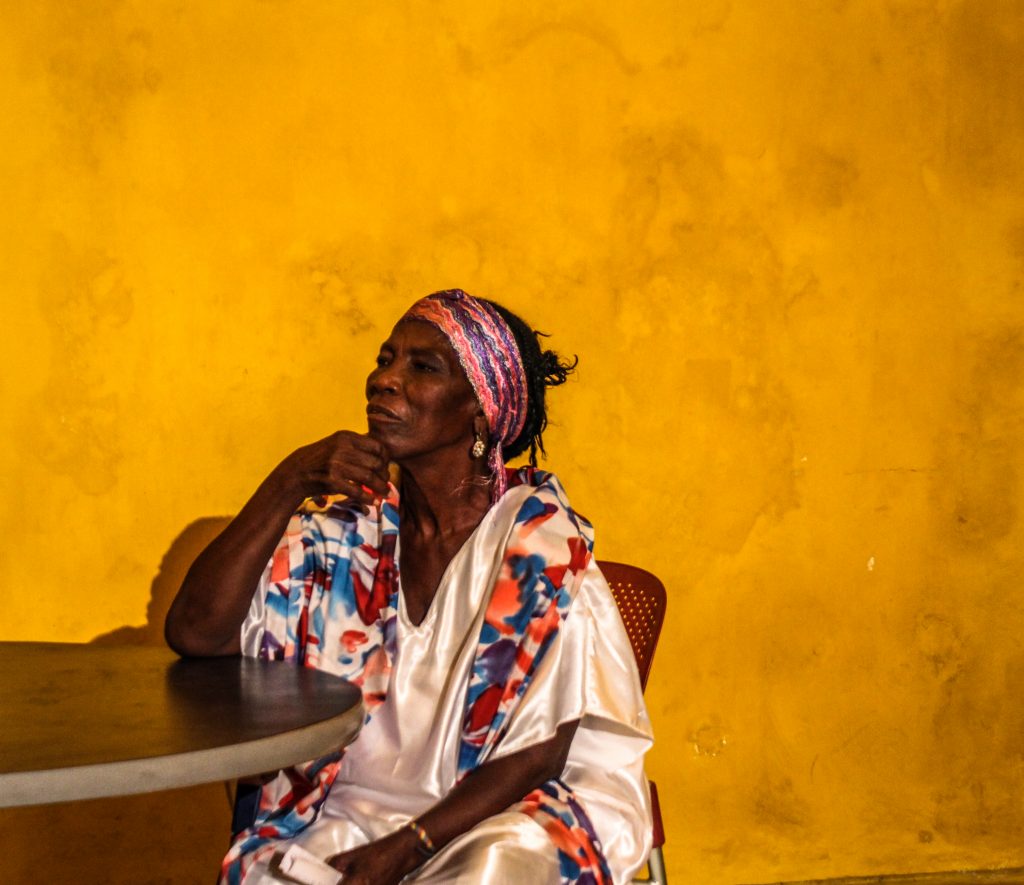
Photo courtesy of Christian Benito. ¡Basta Ya! Cartagena.
Do you agree with the idea that stories that are not told do not exist?
“Historical memory is made up of different sources. One of them is oral testimony: stories that have been told by survivors. However, there are other sources: sources from courts, from prison sentences, from newspapers. However, if you don’t have these sources, you don’t have the means to reconstruct past events. Events are reconstructed using sources. It is for this reason that words, stories and narration are so important”.
Do you think that the combination of these sources is the key to building peace in Colombia?
“Historical memory has a purpose. One of the effects of war is to break down links between human beings. ‘The other’ becomes a potential enemy: instead of being your neighbour, your friend, someone that you live with, they become a suspect. Historical memory aims to replace this suspicion and destruction of human links with a way of establishing human empathy”.
“It enables me, for example, to understand what a person has gone through. By hearing their testimony and being outraged by what has happened to them, historical memory encourages me to act upon it, so that things don’t repeat themselves. It is for this reason that memory has an educational dimension, because it aims to educate those who have not lived through the conflict, so that they understand the horrors of what has happened and act upon it”.
In the new Memory Museum, how important is it going to be to tell stories that have never been told before? For example, those of the communities most marginalised by the Colombian conflict: eg. Afro-Colombians, indigenous groups and women.
“Historical memory has a governing principle, which is to give voice to those people that have been previously censored or cast into a subaltern position by the ‘national account’ of what happened. In this sense, through its nature, historical memory seeks democracy. Therefore, when we are doing memory work, we don’t ask only the experts, nor consult only academic sources to find out what happened. We also open up a space for the testimonies of multiple sectors that have not been officially ‘heard’ in the ‘national account’ of Colombia’s history. This is the type of historical memory we support”.

Photo courtesy of César Romero. Recorrido por los lugares de memoria de la guardia indígena nasa del norte del Cauca.
How did the team of curators come to the decision of using three different characters to tell the story of Colombia’s conflict in the ‘Voces para transformar a Colombia’ exhibition?
“What we wanted was to find a series of metaphors that allowed us to tell the story of historical memory by sector – each sector telling a particular story. We decided to use metaphors which have multiple different voices. The metaphors are land, water and body. Each one of these metaphors tells a story of the conflict”.
“Using these metaphors, it is possible to speak about everything without singling anything out, or just focusing on specific subjects. What metaphor allows you to do, is talk about all the victims, and not just some in particular”.
Based on these metaphors, the museum aims to answer a series of very general questions:
-What effect did war have on body? What effect did body have on war?
-What effect did war have on water? How did water transform war?
-What effect did war have on land? How did land transform war?
“Take, for example, body. This could be used to refer to human bodies, such as the effect that Colombia’s conflict had on the bodies of women. However, it could also refer to the effect war had on a collective body, such as the UP (Unión Patriótica)”.
How important a role is art going to play in the museum?
“Art is going to be very important. It allows victims to express their suffering but also their resistance, and the rebuilding of their lives through aesthetic and artistic expression. Victims sing, compose music, theatre and poetry. Art is going to be very present because victims are constructive agents of history, and in this construction, they use art to tell their story and to express themselves. Art will be present throughout the exhibition, but in such a way that visitors are made aware that it has been done by the victims themselves, not professional artists”.

Photo courtesy of María Durán, aged 7. ‘Espiral de crecimiento’.
Until recently, children in schools did not receive history lessons in Colombia. What would you say to those who forget Colombia’s past rather than remember it?
“A law was passed in December 2017, and will be implemented this year, to introduce history lessons back into the Colombian school curriculum. The CNMH has also been developing a set of tools for teachers so that they can address the armed conflict in the school classroom using a critical approach, to encourage young people to think critically about what Colombia has lived through. The purpose is also to develop empathy among young people and links between fellow citizens, in order to end the cycle of mistrust and fragmentation of social cohesion. We are also working with a network of teachers called the Red Nacional de Maestros y Maestras por la Memoria y la Paz”.
“Different efforts are therefore being made to break the silence and convert the past into a profound topic of conversation in the school classroom, that allows us to discuss things and have difficult conversations about our past, in an intergenerational way”.

Photo courtesy of César Romero. Conmemoración de los 14 años de la masacre de Bojayá. Presentación a la comunidad del cristo mutilado luego de restaurar sus colores.
How important is the new Museo de Memoria Nacional going to be in the building of a stable and long-lasting peace in Colombia?
“Countries in general, not just Colombia, would not have been able to go from difficult periods such as dictatorship, to periods of democracy and peace, without having undergone processes of historical memory. Clearly, processes of historical memory can re-ignite feelings of hatred and revenge. However, when they are done with a view to reconciliation, their aim is for victims to listen to each other. Their aim is for there to be no fractures among victims – so that we don’t end up with some victims on one side, some victims on the other. Instead, they work together to build an emotional community, a community of empathy. This way, they will be able to recognise each other as human beings, whose rights have been violated”.
“Historical memory goes hand in hand with peace because it allows those who have not lived the armed conflict to understand its horrors. It allows people to confront the issue of the suffering of others and become angry with the past, to ensure that the same events do not happen again”.

Photo courtesy of Isabel Valdés Arias. Ensayo Acordes por la paz, November 2016.

